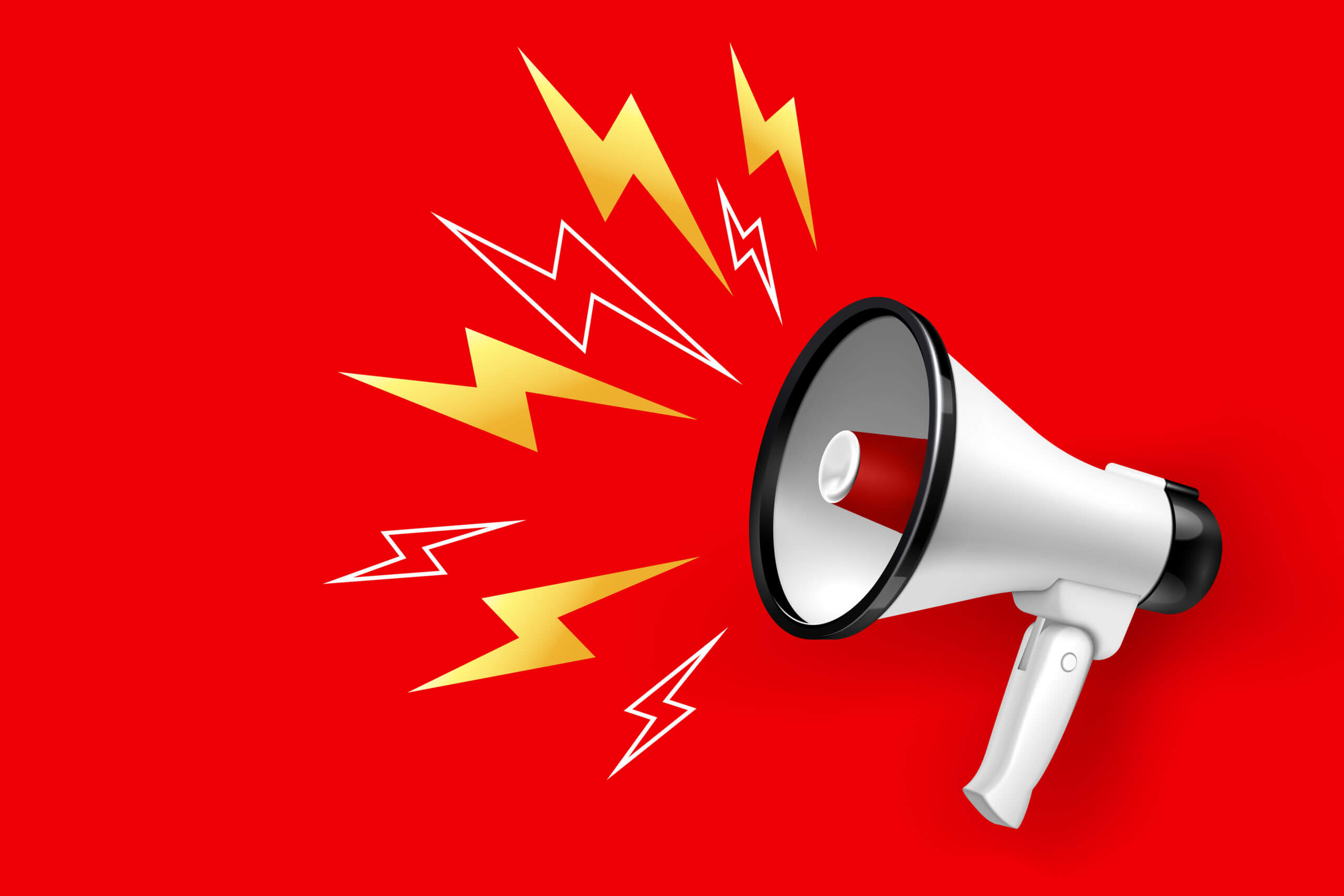© Copyright Carter McNamara, MBA, PhD, Authenticity Consulting, LLC.
Sections of This Topic Include
- First, A Word About Writing Ads
- What Should You Write in Your Ads?
- Major Methods of Advertising (Repeatedly Getting Message Out)
- Promotional Activities Through the Media (Reporters, Newspapers, etc.)
- Other Promotional Activities and Events
- Social Networking (Online)
Also, consider
- Public and Media Relations
- Writing Your Ad
- Using Direct Mail (this includes mailings directly to your customer)
- Mailing Lists (it’s useful to have lists of people who are likely to buy your product)
- Signs and Displays
- Classifieds of Newspapers and Magazines
- Advertising on Radio and T.V.
- Online Advertising and Promotions
- Related Library Topics
Learn More in the Library’s Blogs Related to This Topic
In addition to the articles on this current page, see the following blogs which have posts related to this topic. Scan down the blog’s page to see various posts. Also, see the section “Recent Blog Posts” in the sidebar of the blog or click on “Next” near the bottom of a post in the blog.
First, A Word About Writing Ads
It’s almost useless to review lists of alternatives for advertising if you haven’t developed well-written ads. Writing ads is a skill. There are important aspects to think about, including the wording, graphics, arrangement of wording and graphics, coloring, how your audience will interpret the ads, their placement, etc. Poorly done ads can hurt you worse than not having ads at all. Therefore, very carefully consider getting help to write your first ads. (See Writing Your Ad.)
What Should You Write in Your Ads?
The answer to this question depends almost entirely on the reading and listening habits of your current and potential customers. This is where some basic market research can help you a great deal. A lot can be learned by using a few basic methods. (See Basic Methods to Get Customer Feedback and Some Major Sources of Market Research Information.)
Before you write your ads, you should give careful thought to your unique selling position so you know what unique features and benefits to convey and to whom. Review information in Positioning.
Note that a common mistake among inexperienced ad writers is to write the ad to themselves, rather than to their current and potential customers. Your ads should clearly the benefits (of products and services) to customers, not the benefits to you — clearly state the ads in terms that the customer will value, for example, easy access, low cost, easy to use, reliability, etc.
Your ads should answer the customer’s question: “What’s in it for me?” Your ad should also specify what they are to do next. What action should they take and how do they take it, for example, who do they call and how?
Major Methods of Advertising (Repeatedly Getting Message Out)
Brochures or flyers
— Many desktop publishing and word-processing software packages can produce highly attractive tri-fold (8.5-inch by 11-inch sheet folded in thirds) brochures. Brochures can contain a great deal of information if designed well and are becoming a common method of advertising. (See Writing Brochures.)
Direct mail — Mail sent directly from you to your customers can be highly customized to suit their nature and needs. You may want to build a mailing list of your current and desired customers. Collect addresses from customers by noticing addresses on their checks, asking them to fill out information cards, etc. Keep the list online and up-to-date. Mailing lists can quickly become out-of-date. Notice mailings that get returned to you. This should be used carefully and it can incur substantial cost, you don’t want to inundate your stakeholders with information so make the most of your message. (See Using Direct Mail and Mailing Lists.)
E-mail messages — These can be wonderful means to getting the word out about your business. Design your e-mail software to include a “signature line” at the end of each of your e-mail messages. Many e-mail software packages will automatically attach this signature line to your e-mail if you prefer. (See Netiquette – Techniques and styles of writing e-mail messages and E-mail vs. voice mail.)
Magazines — Magazines ads can get quite expensive. Find out if there’s a magazine that focuses on your particular industry. If there is one, then the magazine can be very useful because it already focuses on your market and potential customers. Consider placing an ad or writing a short article for the magazine.
Contact a reporter to introduce yourself. Reporters are often on the lookout for new stories and sources from which to collect quotes. (See Classifieds of Newspapers and Magazines.)
Newsletters — This can be a powerful means of conveying the nature of your organization and its services. Consider using a consultant for the initial design and layout. Today’s desktop publishing tools can generate very interesting newsletters quite inexpensively. (See Newsletters.)
Newspapers (major) – Almost everyone reads the local, major newspaper(s). You can get your business
in the newspaper by placing ads, writing a letter to the editor, or working with a reporter to get a story written about your business. Advertising can get quite expensive. Newspapers are often quite useful in giving advice about what and how to advertise. Know when to advertise — this depends on the buying habits of your customers. (See Classifieds of Newspapers and Magazines.)
Newspapers (neighborhood) — Ironically, these are often forgotten in lieu of major newspapers, yet the neighborhood newspapers are often closest to the interests of the organization’s stakeholders. (See Classifieds of Newspapers and Magazines.)
Online discussion groups and chat groups — As with e-mail, you can gain frequent exposure to yourself and your business by participating in online discussion groups and chat groups. Note, however, that many groups have strong ground rules against blatant advertising. When you join a group, always check with the moderator to understand what is appropriate. (See the groups listed on the right-hand side, Netiquette – Techniques and styles of writing e-mail messages and E-mail vs. voice mail.)
Posters and bulletin boards — Posters can be very powerful when placed where your customers will actually notice them. But think of how often you’ve actually noticed posters and bulletin boards yourself. Your best bet is to place the posters on bulletin boards and other places that your customers frequent, and always refresh your posters with new and colorful posters that will appear new to passers-by. Note that some businesses and municipalities have regulations about the number size of posters that can be placed in their areas. (See Signs and Displays.)
Radio announcements — A major advantage of radio ads is they are usually cheaper than television ads, and many people still listen to the radio, for example, when in their cars. Ads are usually sold on a package basis that considers the number of ads, the length of ads, and when they are put on the air. A major consideration with radio ads is to get them announced at the times that your potential customers are listening to the radio. (See Advertising on Radio and T.V.)
Telemarketing — The use of telemarketing is on the rise. (See Telemarketing.)
Television ads — Many people don’t even consider television ads because of the impression that the ads are very expensive. They are more expensive than most of the major forms of advertising. However, with the increasing number of television networks and stations, businesses might find good deals for placing commercials or other forms of advertisements. Television ads usually are priced with similar considerations to radio ads, that is, the number of ads, the length of ads, and when they are put on the air. (See Advertising on Radio and T.V.)
Web pages — You probably would not have seen this means of advertising on a list of advertising methods if you had read a list even two years ago. Now, advertising and promotions on the World Wide Web are almost commonplace. Businesses are developing Web pages sometimes just to appear up-to-date. Using the Web for advertising requires certain equipment and expertise, including getting a computer, getting an Internet service provider, buying (usually renting) a Website name, designing and installing the Website graphics, and other functions as needed (for example, an online store for e-commerce), promoting the Website (via various search engines, directories, etc.) and maintaining the
Website. (See Building, Managing, and Promoting Your Website and Online Advertising and Promotions.)
Yellow Pages –The Yellow Pages can be very effective advertising if your ads are well-placed in the directory’s categories of services, the name of your business is descriptive of your services, and/or your ad stands out (for example, is bolded, in a large box on the page, etc.). The phone company will offer free advice about placing your ad in the Yellow Pages. They usually have special packages where you get a business phone line along with a certain number of ads.
Promotional Activities Through the Media (Reporters, Newspapers, etc.)
Articles that you write — Is there something in your industry or market about which you have a strong impression? Consider writing an article for the local newspaper or a magazine. In your article, use the opportunity to describe what you’re doing to address the issue through the use of your business. (See Basic Writing Skills.)
Editorials and letters to the editor — Often, program providers are experts at their service and understanding of a particular need in the community; newspapers often take a strong interest in information about these needs, so staff should regularly offer articles (of about 200 to 900 words) for publication. (See
Managing Media Relations and Basic Writing Skills.)
Press kits — This kit is handy when working with the media or training employees about working with the media. The kit usually includes information about your business, pictures, information about your products, commentary from happy customers, etc. (See Managing Media Relations.)
Press releases or news alerts — They alert the press to a major event or accomplishment and request,
e.g., it gets included in the newspaper; they explain who, what, where, why, and when; some include pictures, quotes, etc. to make it easier for the reporter to develop an announcement or story. (See Managing Media Relations.)
Public service announcements (PSAs) — Many radio and some television stations will provide public service announcements for nonprofit efforts. Usually, these PSAs are free.
Other Promotional Activities and Events
Annual reports – Disseminate these to key stakeholders; they’re ripe with information if they include an overview of your year’s activities, accomplishments, challenges, and financial status. (See Annual Reports.)
Collaboration or strategic restructuring – If your organization is undertaking these activities, celebrate
it publicly. (See Organizational Alliances.)
Networking – Spread the word to peers, professional organizations, and those with whom you interact outside the organizations, e.g., educators, consultants, suppliers, clients, etc. (See Networking.)
Novelties — It seems more common to find ads placed on pens and pencils, coffee cups, T-shirts, etc. These can be powerful means of advertising if indeed current and potential customers see the novelties. This condition often implies additional costs to mail novelties, print T-shirts, etc.
Presentations — You’re probably an expert at something. Find ways to give even short presentations, for example, at local seminars, Chamber of Commerce meetings, trade shows, conventions, seminars, etc. It’s amazing that one can send out 500 brochures and be lucky to get 5 people who respond. Yet, you can give a presentation to 30 people and 15 of them will be very interested in staying in touch with you. (See Presenting.)
Relationships with key stakeholders — Identify at least one representative from each major stakeholder group and take them to lunch once a year. What seems as short, as informal exchanges can cultivate powerful relationships of interest and concern.
Special events — These tend to attract attention and can include, e.g., an open house, granting a special award, announcing a major program or service or campaign, etc.
Special offers — We see these offers all the time. They include, for example, coupons, discounts, sweepstakes, sales, etc.
Recent Movement in Marketing, Advertising, and Public Relations — Social Networking (Online)
Social networking involves a variety of online tools that can be used by people and organizations to quickly share a great deal of information at very little cost. Many people are now hearing of some of those tools, e.g., Facebook, Twitter, MySpace and YouTube. Experts are asserting that social networking is a must for people and organizations wanting to share information with others — after all, that’s what marketing is all about! For more information, see Social Networking (Online)
For the Category of Public Relations:
To round out your knowledge of this Library topic, you may want to review some related topics, available from the link below. Each of the related topics includes free, online resources.
Also, scan the Recommended Books listed below. They have been selected for their relevance and highly practical nature.
 Sections of this topic
Sections of this topic
















